Steaming is one of the healthiest cooking methods you can use in the kitchen. By allowing hot steam to cook your food, you minimize the loss of nutrients that usually occurs with other methods such as frying or boiling. In addition, steaming requires little to no oil, helping you keep your meals light and health-friendly. From vibrant vegetables to protein-packed fish and poultry, there’s no shortage of ingredients that become mouthwatering when steamed. If you’re looking for a nutritious and easy way to cook, read on for 12 foods you should absolutely be steaming.
1. Broccoli
Broccoli is often hailed as a superfood due to its high content of vitamins C and K, as well as fiber.
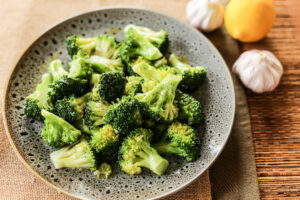
However, one drawback of cooking broccoli is that it’s easy to lose nutrients if it’s overcooked. Steaming is a fantastic solution because it gently cooks broccoli without leaching away its valuable vitamins. Plus, steamed broccoli maintains a bright green color and a tender-crisp texture. Simply place florets in your steamer basket, cover, and let the steam do its work for around 5–7 minutes. Season with a little salt, pepper, and a squeeze of lemon for a vibrant, healthy side dish.
2. Spinach
Spinach is loaded with nutrients such as iron, folate, and vitamins A and C. Unfortunately, these nutrients are highly sensitive to cooking methods.
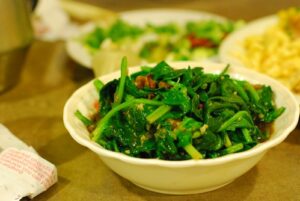
Boiling spinach can leave it waterlogged and tasteless, while sautéing can sometimes lead to nutrient loss if the heat is too high. Steaming helps spinach retain its nutrients and bright color, making it the best way to preserve this leafy green’s goodness. A quick steam for one to two minutes is usually enough. Serve your steamed spinach topped with a pinch of salt or mixed into a warm salad for an extra boost of nutrients.
3. Carrots
Carrots are a naturally sweet and versatile vegetable. They are loaded with beta-carotene, which converts into vitamin A in our bodies.

While many people enjoy munching on raw carrots, steaming them can unlock a deeper sweetness and ensure that they’re tender enough for a variety of dishes. When you steam carrots, the cell walls break down more gently compared to boiling, aiding the release of nutrients without discarding them in cooking water. Steam carrot slices or baby carrots for about 5–8 minutes until they’re fork-tender and slightly sweet.
4. Cauliflower
Cauliflower has skyrocketed in popularity due to its low-carb content and mild flavor that lends itself to various recipes.

Whether you’re making mashed cauliflower as a potato substitute or you just want tender florets for a vegetable side dish, steaming is an excellent choice. It helps the cauliflower maintain its structure and mild, nutty flavor. Steam it for roughly 5–8 minutes, then season with herbs like thyme and rosemary or sprinkle a little cheese on top for a comforting twist.
5. Asparagus
Asparagus is another nutrient powerhouse packed with vitamins A, C, E, and K, as well as dietary fiber.
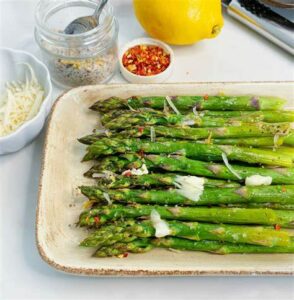
These delicate spears can become limp and mushy if overcooked in boiling water. Steaming offers a gentler way to cook asparagus, preserving its crisp texture and vivid green color. Place the asparagus spears in a steamer and cook for 3–5 minutes, depending on thickness. To enhance the flavor, drizzle a bit of melted butter, olive oil, or lemon juice after steaming.
6. Salmon
Steaming is not just for vegetables—you can also steam fish like salmon for a healthy, protein-rich meal.
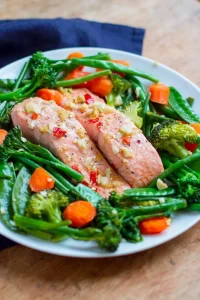
By cooking salmon in a steamer, you lock in moisture and keep its delicate texture intact. The gentle cooking process prevents the fish from becoming overly dry or oily. Place salmon fillets on a plate or in a parchment pouch in the steamer, and cook for about 10–12 minutes, depending on thickness. For added flavor, season with salt, pepper, fresh herbs, and slices of lemon.
7. Shrimp
Shrimp is another protein source that benefits greatly from steaming.

When boiled, shrimp can quickly become rubbery, and sautéing may lead to uneven cooking. Steaming helps preserve shrimp’s sweet, natural flavor while preventing overcooking. It also makes it easy to infuse shrimp with different herbs and spices—try seasoning with garlic, ginger, or a sprinkle of Old Bay. Steam medium or large shrimp for 4–6 minutes. Serve alongside a cocktail sauce or incorporate them into salads, tacos, or stir-fries.
8. Chicken Breast
If you’ve struggled with dry, flavorless chicken breast, steaming might be the perfect solution.

By sealing moisture inside the chicken, steaming ensures it stays juicy and tender. Unlike frying or baking, you don’t need extra oil to cook the chicken, keeping it lean and healthier. Lightly season the chicken with salt, pepper, and your favorite herbs, then steam for around 15–20 minutes until the internal temperature reaches 165°F (74°C). Use steamed chicken in salads, sandwiches, wraps, or serve it with steamed veggies for a complete meal.
9. Tofu
Tofu, especially the soft or silken variety, can turn into a gorgeous dish with the help of steam.

Tofu is known for its mild flavor, which means it readily absorbs whatever seasonings you add. By steaming tofu, you create a silky, custard-like texture perfect for pairing with flavorful sauces. Gently place tofu in a steamer and cook for 8–10 minutes. You can season it with soy sauce, chili oil, or sesame dressing. Topped with scallions or sesame seeds, steamed tofu makes a protein-packed dish suitable for vegetarians and meat-lovers alike.
10. Dumplings
Dumplings are a classic example of food best enjoyed when steamed.
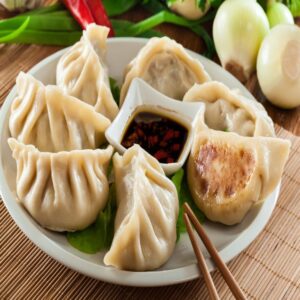
Whether you’re cooking Chinese dumplings, Japanese gyoza (before pan-frying), or other stuffed dough pockets, steaming ensures the filling remains moist and the wrapper stays soft and tender. Steamed dumplings also tend to be healthier than fried versions since you’re not adding extra fat. Depending on the size and thickness, dumplings usually take 8–12 minutes to steam. Serve them with a side of soy sauce, vinegar, or your favorite dipping sauce for a tasty appetizer or main course.
11. Eggs (for “Soft-Boiled” Texture)
Steaming eggs might not be the first thing that comes to mind, but it’s a clever hack for achieving perfectly soft- or hard-cooked eggs.

When you steam eggs, they tend to peel easier, making it ideal for egg salads or deviled eggs. For a soft center, steam large eggs for around 6–7 minutes. For fully hard-cooked eggs, extend the steaming time to 10–12 minutes. Immediately place the eggs in an ice bath afterward to stop the cooking process and maintain the desired texture.
12. Sweet Potatoes
Steaming sweet potatoes is an excellent way to cook them without using extra oil.
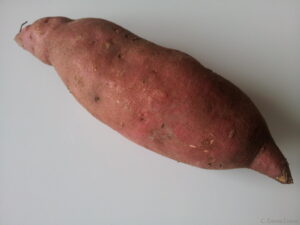
This method retains more of the vitamins, minerals, and natural sweetness compared to boiling or roasting. You can cut sweet potatoes into cubes or steam them whole (though whole potatoes will take longer). Typically, cubed sweet potatoes need around 10–15 minutes of steaming, while whole sweet potatoes may require 30–35 minutes. The result is a soft, creamy interior that pairs beautifully with a little cinnamon, honey, or butter.
Tips for Successful Steaming
- Use a Tight-Fitting Lid: Trapping steam is crucial for cooking efficiency. Make sure your steamer or pot lid fits securely to retain heat.
- Arrange Food Evenly: Place items in a single layer for even cooking. If necessary, steam in batches or use multi-level steamers.
- Season Before & After: Lightly seasoning your foods before steaming can help infuse flavor. A touch of salt, herbs, or spices post-steaming can add extra punch.
- Monitor Cooking Time: Over-steaming can make foods soggy and nutrient loss more likely. Use a timer or check periodically.
- Experiment with Aromatics: Adding herbs, slices of lemon, or even broth to your steaming water can subtly enhance flavor without additional calories.
Final Thoughts
Steaming is a versatile, healthy, and easy cooking technique that helps preserve the natural taste, texture, and nutritional value of various foods. From vibrant green vegetables like broccoli and spinach to protein-rich options like salmon, chicken, and tofu, steaming offers a way to create light yet satisfying meals.
If you want to unlock the best flavors and benefits from your ingredients, consider adding these 12 foods to your steaming repertoire. With minimal cleanup, low fat content, and nutrient retention, steaming can quickly become your go-to cooking method for delicious, health-conscious meals. Enjoy experimenting with different seasonings, sauces, and aromatic additions to make each dish your own. Happy steaming!
